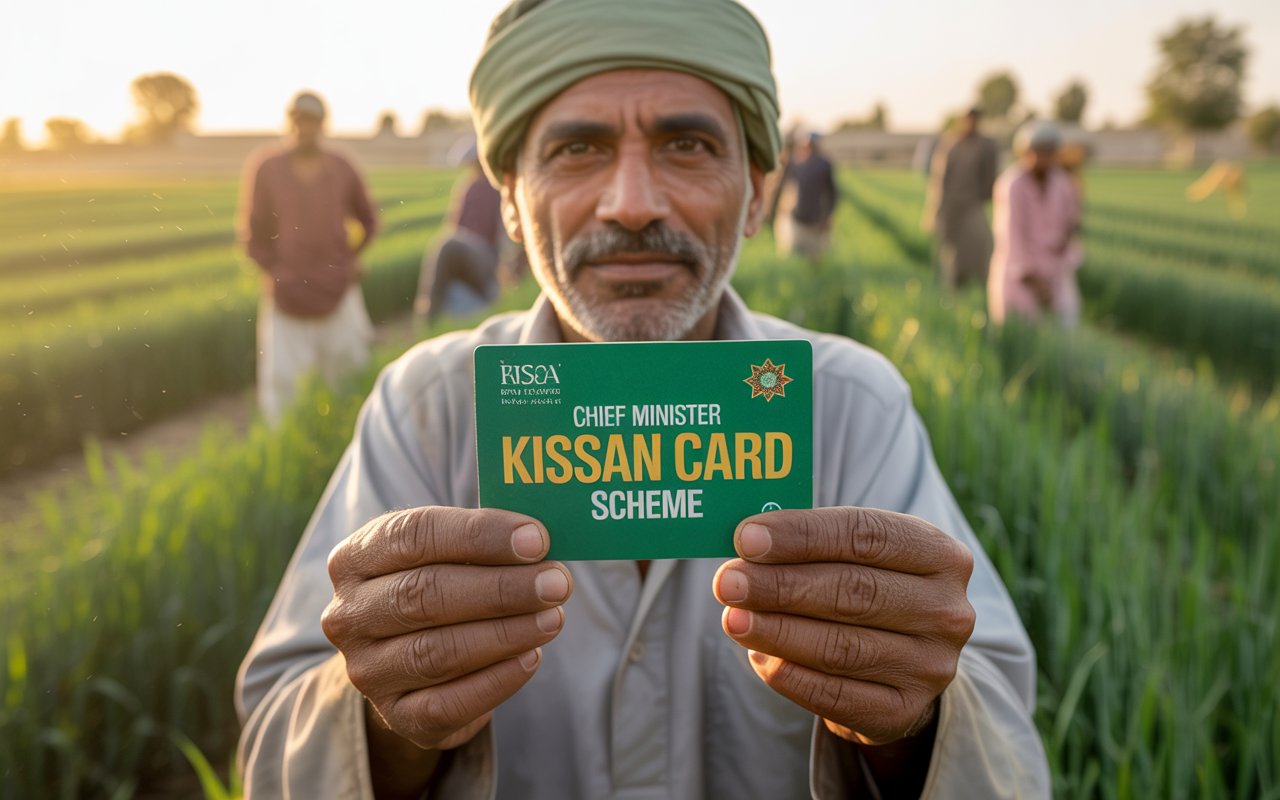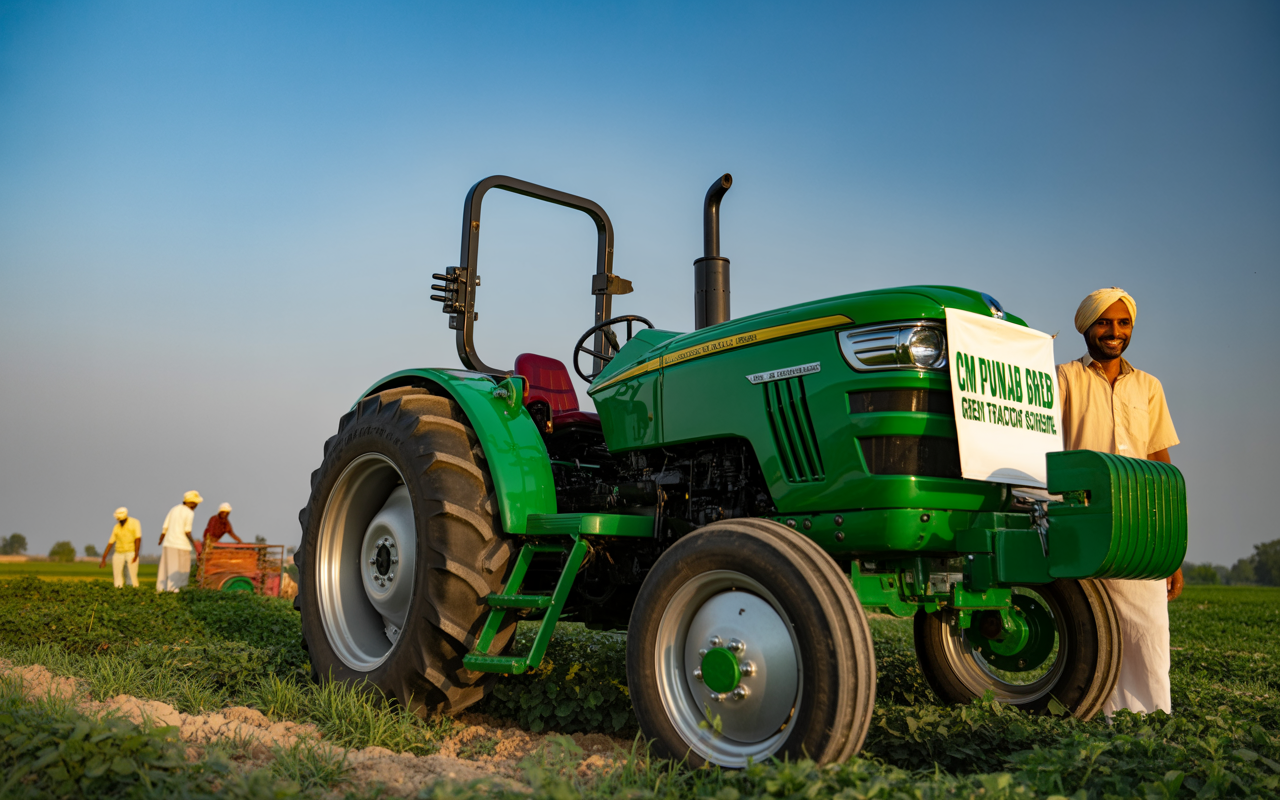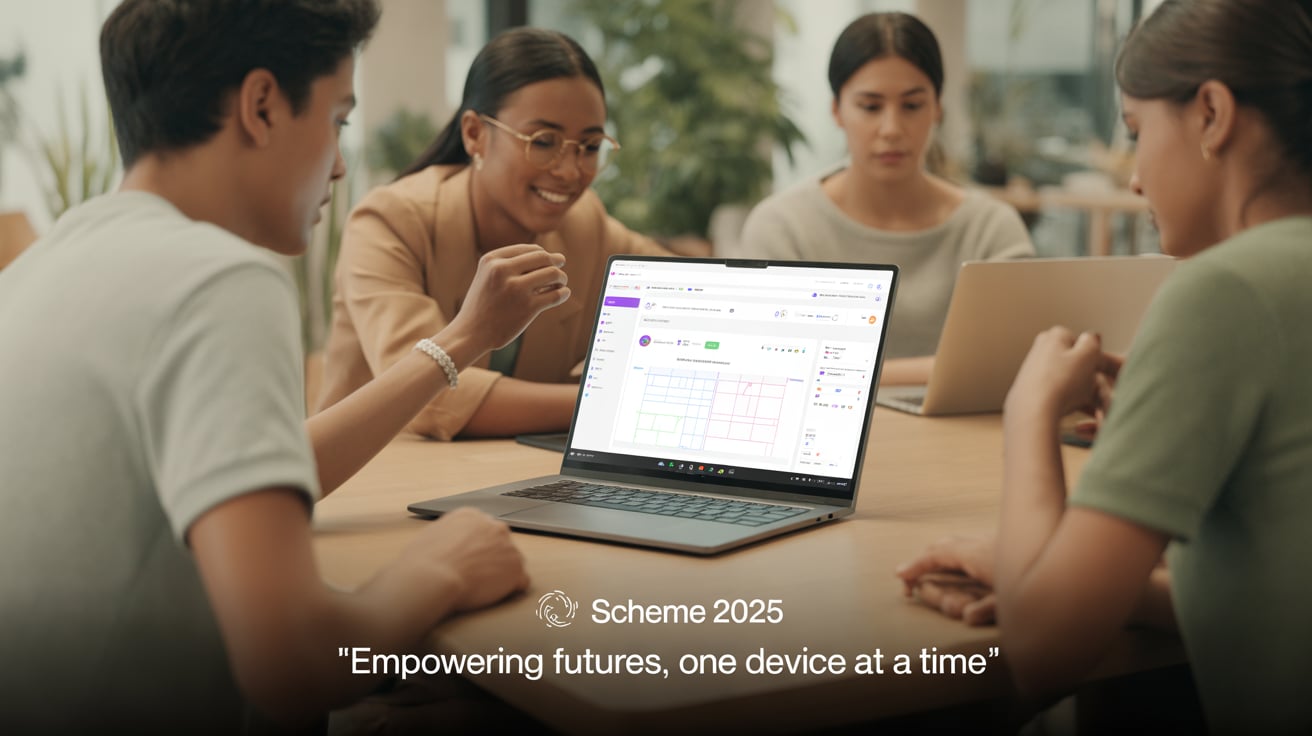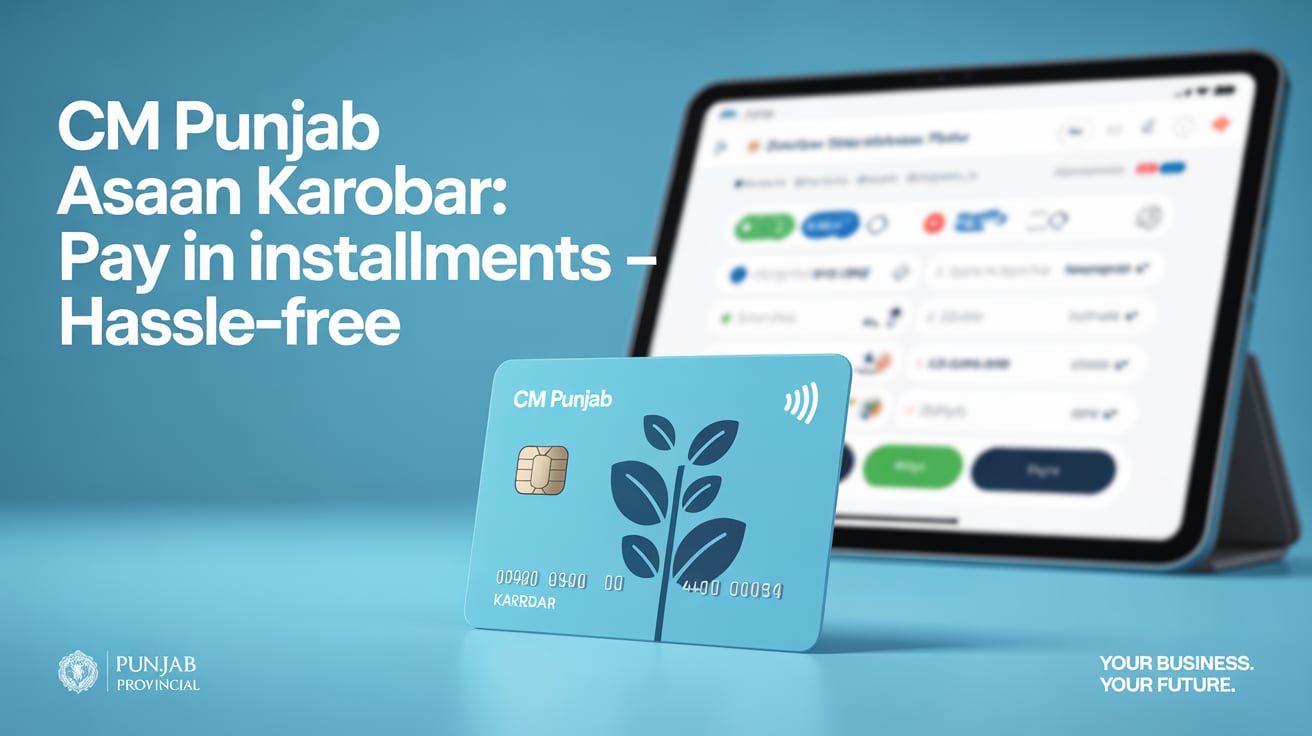Punjab’s health‑care revolution is unfolding right before our eyes. In August 2025, Chief Minister Maryam Nawaz Sharif’s administration rolled out a refreshed and expanded version of her Field Hospital & “Healthcare at Your Doorstep” initiative, aiming to ensure medical support reaches even the most remote corners of the province. From multi‑unit field hospitals to tracked mobile clinics, this programme is transforming how people access essential health services—especially in areas where hospitals feel like distant dreams. Let’s dig into what’s new, how it operates, and why it matters to millions across the province.
What Are Field Hospitals, and How Did They Start?
Back in May 2024, Punjab unveiled its Field Hospital programme, deploying 32 units—comprising 21 mobile healthcare units and 11 diagnostic/micro‑hospital units—to serve rural residents across all 36 districts of Punjab Facebookcmpunjabschemes.pk+2Dawn+2PS Health Punjab+2. These units, converted from container shelters, were equipped with ultrasound rooms, pharmacies, labs, ECG and X‑ray facilities—and built from scratch in just six weeks PS Health Punjab+1Dawn+1.
The Chief Minister announced this as a sister programme to the already‑active Clinic on Wheels, aiming to drastically cut down health inequalities in underserved communities PS Health Punjab.
What’s New in August 2025?
Fast‑forward to summer 2025, and the initiative has evolved. The government recently released daily operational updates, showing the growing impact:
- 4,359 patients treated on 1 August 2025 alone;
- 1,032 lab tests, 111 X‑ray/ultrasound scans conducted on the previous day.
Those numbers hint at an expanded, fully functioning system—not just pilots.
Further, Chief Minister Maryam Nawaz Sharif conducted surprise visits near Murree, personally inspecting a field hospital, speaking with healthcare staff, and listening to patient stories. She confirmed that over 12.5 million patients have received treatment from Clinic on Wheels and Field Hospitals combined to date PS Health Punjab+9app.com.pk+9youtube.com+9. She emphasized the programme’s expansion and re‑stated that healthcare is every citizen’s right—a responsibility the government is fully committed to fulfilling app.com.pkradio.gov.pk.
Services & Features: What Patients Receive
Each field hospital unit functions like a compact, air‑conditioned clinic on wheels—equipped with diagnostic labs, ultrasound and X‑ray gear, ECG setup, a pharmacy, and OPD space. They also provide maternal‑child healthcare, immunizations, and first‑aid services cmpunjabschemes.pk.
Meanwhile, Clinic on Wheels Phase 2, launched in mid‑June 2025, has deployed 911 mobile clinics across Punjab—up from roughly 250 in Phase 1 tribune.com.pk+1bispcheck.com+1. These vans are fully air‑conditioned, GPS‑tracked, packed with doctors and diagnostic tools, and serve 45,000+ patients daily across urban and rural belts tribune.com.pk.
Advanced scheduling and tracking tech ensure real‑time oversight, while specialised services target women, children, and vulnerable rural dwellers bispcheck.com.
Daily Reach: August Report Snapshot
On 1 and 2 August 2025, field hospitals delivered critical services to 4,359 and 4,629 patients respectively. The labs performed over 1,000 tests, and staff conducted more than a hundred ultrasounds and X‑rays each day Facebook.
That level of throughput—without long waits or paperwork—shows just how efficient and accessible healthcare is becoming under this scheme.
Why It Matters: Real‑World Impact
- Healthcare Access No Longer Elusive
For people living far from hospitals—especially in South Punjab, brick‑kiln communities, slums, and flood‑affected zones—these units mean no long travels or extra expenses for basic care bispcheck.com. - Smart & Accountable Execution
The programmed uses GPS tracking, performance dashboards, and regular public reporting to ensure transparency. The CM’s surprise inspections underline hands‑on governance tribune.com.pkradio.gov.pkapp.com.pk. - Synergistic with Other Health Initiatives
These field hospitals complement programs like the Children’s Heart Surgery, Dialysis, and Transplant schemes—and deploy alongside the expanding mobile clinic fleet Dawn+2dunyanews.tv+2brecorder.com+2. - Mass‑scale Beneficiaries
With over 12.5 million treated to date and rising patient counts daily, it’s clear that this isn’t a pilot—it’s a powerful mass initiative making tangible health differences app.com.pkradio.gov.pk. - Inclusive Reach
The scheme caters to everyone—women, children, elderly, and low‑income households—without requiring ID or registration. Local residents simply approach the van when it’s in their area bispcheck.com.
On the Ground: Voices & Observations
During the Murree inspection, residents expressed relief:
“We could never have imagined receiving treatment facilities at our doorstep without the hardship of traveling difficult routes to a hospital” app.com.pk.
Others, particularly elderly women, highlighted how vital the service is:
“The field hospital is a remarkable step as it is greatly benefiting elderly women and patients” PS Health Punjab+2app.com.pk+2cmpunjabschemes.pk+2.
These real stories reflect trust in the system and gratitude for accessible care.
What Lies Ahead: Expansion & Next Steps
Punjab’s leadership has pledged to expand both Field Hospitals and Clinic on Wheels further, likely adding more units and refining service delivery in remote pockets radio.gov.pkapp.com.pk.
Key future steps include:
- Deploying additional unit fleets to cover yet unserved areas.
- Strengthening data systems to monitor patient outcomes and performance.
- Integrating telemedicine and AI diagnostics into both mobile units and stationary labs.
- Ensuring seamless linkages with fixed hospitals for referral care.
These measures are essential to sustain and scale the health‑for‑all vision.
Comparing Initiatives: Why Field Hospitals Shine
While Clinic on Wheels addresses first‑line primary care, the Field Hospitals add diagnostic depth, imaging, labs, and pharmacy access in a single package.
Combined, the two programmes demonstrate a layered approach—Clinic on Wheels for everyday diagnostics and minor treatment, and Field Hospitals for on‑site investigation and therapy continuum.
Together, they exemplify an ambitious leap toward universal healthcare, implemented with scale and transparency.
Challenges & Recommendations for Strengthening
Even though the rollout is impressive, a few challenges are worth noting:
- Staffing & Supply Chain: Maintaining medical staff rotations and medicine stocks in moving clinics can be tough.
- Quality Assurance: Ensuring every mobile unit upholds diagnostic accuracy and patient safety is key.
- Linkage to Secondary Care: Patients needing deeper treatment should have timely referrals and transport assistance.
- Continued Funding & Oversight: Sustained budget allocations and watchdog mechanisms help keep the programme accountable.
To address these, officials may consider tying performance bonuses to health outcomes, expanding local partnerships for medicine supply, and investing further in telehealth back‑stops.
Conclusion
The August 2025 updates make one thing clear: the CM Punjab Field Hospital & Healthcare‑at‑Your‑Doorstep initiative is not just rhetoric—it’s a bold, evolving reality. More than 12.5 million processed, daily patient counts in the thousands, and visibly active mobile units show the impact.
It’s a model of inclusive, decentralized healthcare delivery—where real people in remote villages receive diagnostics, treatment, and medicines without bureaucratic hurdles or journey burdens.
Punjab’s vision of healthcare as a fundamental right is being operationalized, one field hospital and mobile clinic at a time. The programme still needs fine‑tuning and scaling, but the groundwork is laid—and a new standard of care is being set.
If you’d like help tailoring this content to a blog, Urdu version, or exploring impact stories district by district, I’d be glad to assist.



